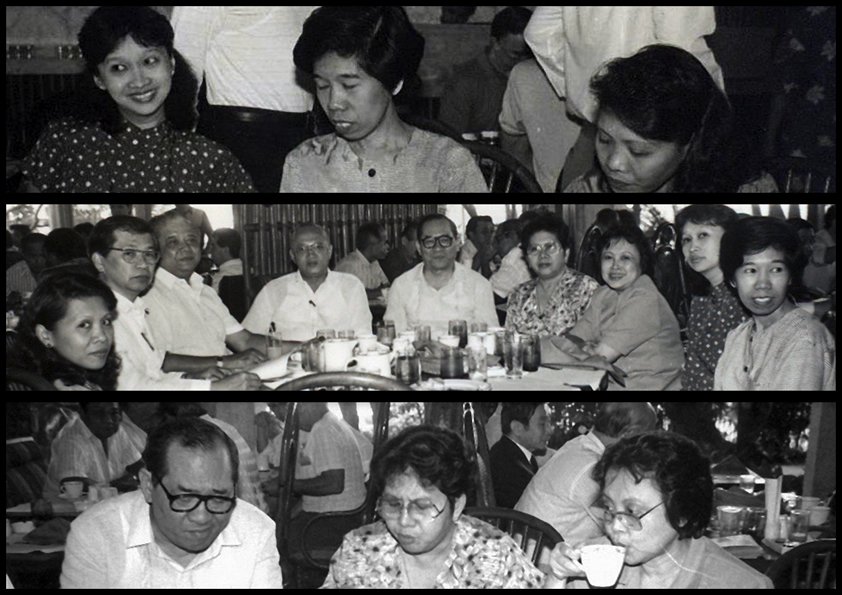OBESITY: WOW BIGAT! – Obesity in the Elderly : Should they be treated?
Rosa Allyn G. Sy, MD, FPCp, FPSEM
The prevalence of obesity is increasing in all age groups, including older persons defined as thos greater than 65 years old. The number of obese older persons has increased markedly because of an increase in both the total number of older persons and the percentage of the older population who are obese. The United States registry reported that in less than 10 years, from 1991 to 2000, there was a 56 percent increase in the prevalence of obesity in the 60 to 69 years of age and 36 percent in the 70 years of age and older. Data from population surveys in the United States showed that greater than 15 percent of the older American population is obese and obesity is more common in older women than in men.
The relation between energy intake and expenditure is an important determinant of body fat mass. Results from majority of studies suggest that energy intake does not change or even declines with advancing age. It is the decrease in the metabolism of older people that contributes to the gradual increase in body fat with advancing age. The reduction in the metabolism is related to the loss in lean mass.
Aging is associated with considerable .changes in body composition – decrease in lean body mass and strength, increase in fat mass, redistribution of body fat and lean body mass and a reduction in bone mineral density. The gradual loss of bodily functions and the decline in blood concentrations of several hormones i.e., sex hormones, thyroid hormones and growth hormone and the gradual decline in sex hormone binding globulin (SHBG) all contribute to this body composition alteration. The progressive decrease in physical function because of these body composition changes affect activities of daily living and quality of life. When impairment of daily activities becomes severe to cause disability, frailty occurs. Among older persons living in the community, approximately 20 percent of those >65 years of age and 46 percent of those> 85 percent of age are considered frail.
Obesity has important functional implications in the older population. It exacerbates the age-related decline in physical function. Obesity is also associated with significant impairment in health-related quality of life in older subjects. Therefore; it is important to consider weight-loss therapy to improve physical function in obese older persons, in addition to possibly prevent and improve the medical complications associated with obesity.
Treatment Options: Weight-loss treatment that minimizes muscle and bone losses is recommended for obese older persons who have functional impairments or metabolic complications that can benefit from weight loss. A modest reduction in energy intake of 500 to 750 kcal/d with 1.0 g/kg BW of high-quality protein per day supplemented with 1500 calcium, 1000 IU Vit D, multivitamins and minerals is recommended. Regular physical activity that improves physical function helps preserve muscle and bone mass. Aerobic exercise, endurance programmes and progressive resistance training can all be useful. The program should be started gradually and must be individually determined with consideration of diseases and disability. The goals of regular exercise in obese older persons are to increase flexibility, endurance and strength. Hence, a multicomponent exercise program that includes stretching, aerobic activity and strength exercises is recommended. The use of anti-obesity drugs in elderly obese is limited. However, orlistat appears to be the safest of the currently available drugs in obesity. Bariatric surgery should be considered only in selected older subjects who have disabling obesity that can be ameliorated with weight loss and who meet the criteria of surgery.
See more Endocrine Hotspots Editions at endo-society.org.ph/endocrine-hotspots
Brought to you by the Philippine College of Endocrinology Diabetes and Metabolism (PCEDM)
Website: endo-society.org.ph
IG: @endocsociety
Twitter: @EndoSoc_ph
Facebook: fb.com/filipinoendocrinologists



